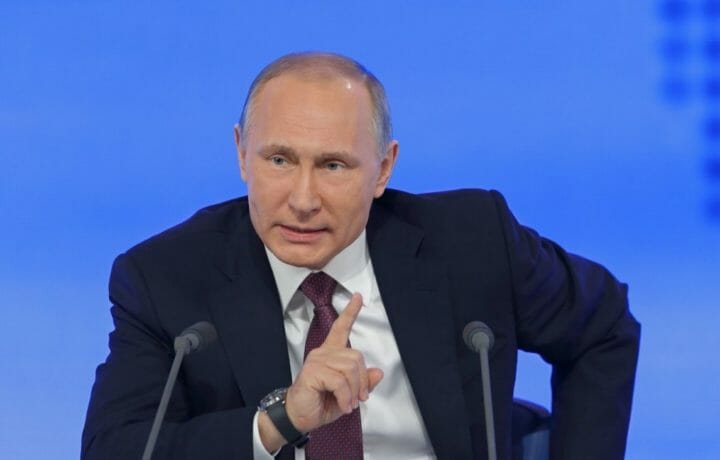With Russia having some 100,000 troops near the border but denying any invasion plans, and the White House sending mixed signals, European Union (EU) diplomats have tremendous security concerns that the EU is the ‘closest to war’ in decades over Russia-Ukraine crisis. On Monday, EU foreign policy chief Josep Borrell said efforts continue to convince Russia to take a “path of dialogue” in resolving tensions, but the EU is prepared to respond should diplomacy fail.
Along with the massive troop build-up, Russia has issued a list of security demands to the West, while blaming the U.S. and Europe for “undermining regional security.” Russian President Vladimir Putin insist NATO ban Ukraine and other former Soviet states from becoming organization members, urging NATO to remove troops from Romania and Bulgaria. Putin continually warns that any military buildup in the region by NATO would cross a “red line.”
What do we know?
NATO has announced it will ramp up its presence in eastern Europe amid Russian invasion fears. The move has drawn condemnation from Moscow. But why ramp up now?
Europe is reeling from the January 19 U.S. Presidential press conference, where the President Biden suggested a ‘minor incursion’ from Russia might not be met severely, “It’s one thing if it’s a minor incursion and then we end up having a fight about what to do and not do.” Early the next day, Ukrainian President Zelensky strongly responded to the President’s comments stating, “There are no minor incursions. Just as there are no minor casualties and little grief from the loss of loved ones.”
On Friday, the President clarified his Wednesday statement saying, “Any, any assembled Russian units move across the Ukrainian border, that is an invasion….[and] will be met with severe and coordinated economic response.” Biden added, “Let there be no doubt at all, if Putin makes this choice, Russia will pay a heavy price.”
Yesterday, in a move that could escalate tensions, NATO defense alliance said it was dispatching additional fighter jets and ships to Eastern Europe. Denmark was slated to send a frigate to the Baltic Sea and four F-16 fighter jets to Lithuania. Spain was dispatching ships to join NATO naval forces, and France was also looking at sending forces to Romania. Estonia, Latvia and Lithuania will be sending U.S. made anti-tank and anti-aircraft missiles to Ukraine.
In the United Kingdom, Prime Minister Boris Johnson said yesterday, “The intelligence is very clear that there are 60 Russian battle groups on the borders of Ukraine, the plan for a lightning war that could take out Kyiv is one that everybody can see.” “We need to make it very clear to the Kremlin, to Russia, that that would be a disastrous step.”
NATO Secretary-General Jens Stoltenberg stated, “NATO will continue to take all necessary measures to protect and defend all Allies, including by reinforcing the eastern part of the Alliance.”
Russian Response
Russia provided an angry response to the announcements yesterday. Kremlin spokesperson Dmitry Peskov on Monday accused Washington and NATO of escalating tensions in the region through “information hysteria” and “concrete actions.” Russian news agencies were reporting that 20 Russian ships were mobilized in the Baltic Sea on Monday for drills.
U.S. Policy Change?
On Sunday, the U.S. ordered families of diplomats in the Ukrainian capital city of Kyiv to leave the country “due to the continued threat” of a Russian invasion.
Also, over the weekend, the first shipment of the United States’ $200 million security support package for Ukraine arrived in Kyiv. Yesterday, President Biden was considering deploying several thousand U.S. troop, warships, and aircraft to NATO allies in Eastern Europe. This represents a major shift in White House policy, which had been taking a restrained stance over concerns of provoking Russia.
Secretary of State Antony Blinken, in a Berlin meeting with Germany’s Chancellor Scholtz said, “We have been very clear throughout — if any Russian military forces move across the Ukrainian border and commit new acts of aggression against Ukraine, that will be met with a swift, severe, united response from the United States and our allies and partners.”




